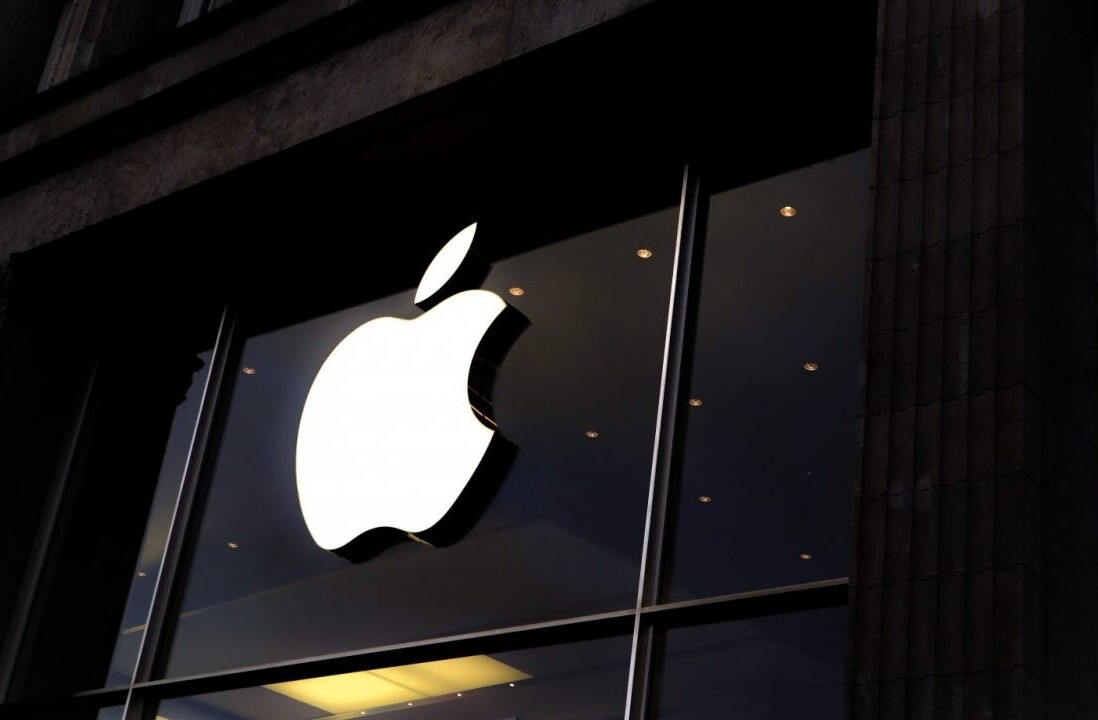
We’re living in some polarizing times, both online and IRL.
I genuinely feel like there’s just one thing we can all agree on: we don’t know who and what to trust.
In this era of fake news and of huge companies that act in unethical and even illegal ways, it’s understandable that people want — and demand — more from the companies they buy from.
It’s why consumers want brands to be more transparent. And I’m seeing many brands that are certainly responding to that — more and more businesses over the world use transparency marketing to some degree.
But how much do consumers actually care about transparency? And how transparent should you be as a brand?
[Read: Most mobile apps suck — here’s how to fix them]
“Real” brand transparency vs transparency marketing
Let’s start off with a seemingly simple question: what does brand transparency actually mean?
The shortest answer to that is probably “being completely honest with your customers.” But in reality, brand transparency goes way beyond that.
There are a lot of brands out there that are using transparency marketing in a variety of ways.
Take Buffer, for example. For over seven years now, the Buffer team decided that transparency needed to be one of their top priorities. In fact, they decided that radical transparency is the best way to go: in other words… they’re honest about everything.
Right at this moment, you can look up a view-only Google doc where you can see the salaries of every member of their team, from the founder and CEO to each and every person on the finance and engineering teams; just like each employee can see their colleagues’ earnings — and the reasons why they’re making more or less than them.
You can even find last months’ report on Buffer’s revenue and user numbers. Basically, their goal to be completely transparent impacts every aspect of their business.
Other brands leverage transparency to a different degree: they focus on certain aspects of their business or on a particular campaign.
Patagonia, an outdoor clothing company, has had a huge focus on social responsibility right from the start, going so far as to become an “activist company.”
And in order to prove their passion for social responsibility, they are extremely honest about the materials they use for their products and about how they make their products.
Fairtrade, humane working conditions, and recycling — among many others — are often discussed on their website, with the company sharing all the details about their moves towards better materials and better working conditions.
Other companies only use transparency in very particular cases. Apple, for example — one of the world’s biggest and most popular brands and one that has been heavily criticized over the years for various issues — namely leverages transparency when it comes to government requests for customer data across the globe.
But when it comes to other areas of their company — i.e. how they make their products, how they run the company, and how they treat their customers — they often make some considerably…let’s say, blunders.
There’s of course, Antennagate, when the iPhone 4’s badly-placed external antenna often led to dropped calls.
And their response? You’re holding it wrong.
And there are also the really big issues: the Chinese factory laborers. The aid they got from the Irish Government.
All huge issues that were not dealt with — or addressed — in a transparent manner.
And yet, if there’s one thing all these three companies have in common, it’s that they’re all highly successful in their respective fields.
Businesses of all shapes and sizes have started to adopt transparency marketing to some degree, but while for some it’s an important or even vital part of their company culture, for others, it’s simply something that they have to do in the current environment.
So how transparent should your brand be?
A recent study from Sprout Social, which surveyed 1,000 consumers, found that 58% of them believed that companies were morally obligated to be more transparent; plus, 73% said they’re willing to pay more if a brand is being completely transparent.
At the same time, there are a lot of examples just like Apple: brands that circumvent the law, who break legal and moral barriers and brands that aren’t always honest about their misdeeds.
And yet…people still buy from them. Apple’s iPhone sales in 2018, even with the Chinese factory scandal, were still on the rise.
I’m not judging anyone either: I’m sitting here writing these words on my MacBook Air while occasionally scrolling through my iPhone for some quick research every now and then. And I really don’t want to switch to Android.
My point is this: people value transparency when it comes to the brands they buy from — but they’ll also forgive a lot if they love your products. And not only that but our memories are short; we’ll forget all about a scandal as soon as a new one comes up.
But at the same time, we are increasingly conscious about what we buy and where we buy it from. We, as consumers, expect brands to be honest with us — or at the very least, not hide anything important from us.
I’ve always used that as a mantra, albeit unconsciously and not as a marketing tactic – more in my day-to-day dealings with my clients rather than as part of an actual strategy: being honest with them and managing their expectations every step of the way.
Did you know we have an online event about digital marketing coming up? Join the Re:Brand track at TNW2020 to explore the latest brand marketing tech, trends, and challenges.
Get the TNW newsletter
Get the most important tech news in your inbox each week.




